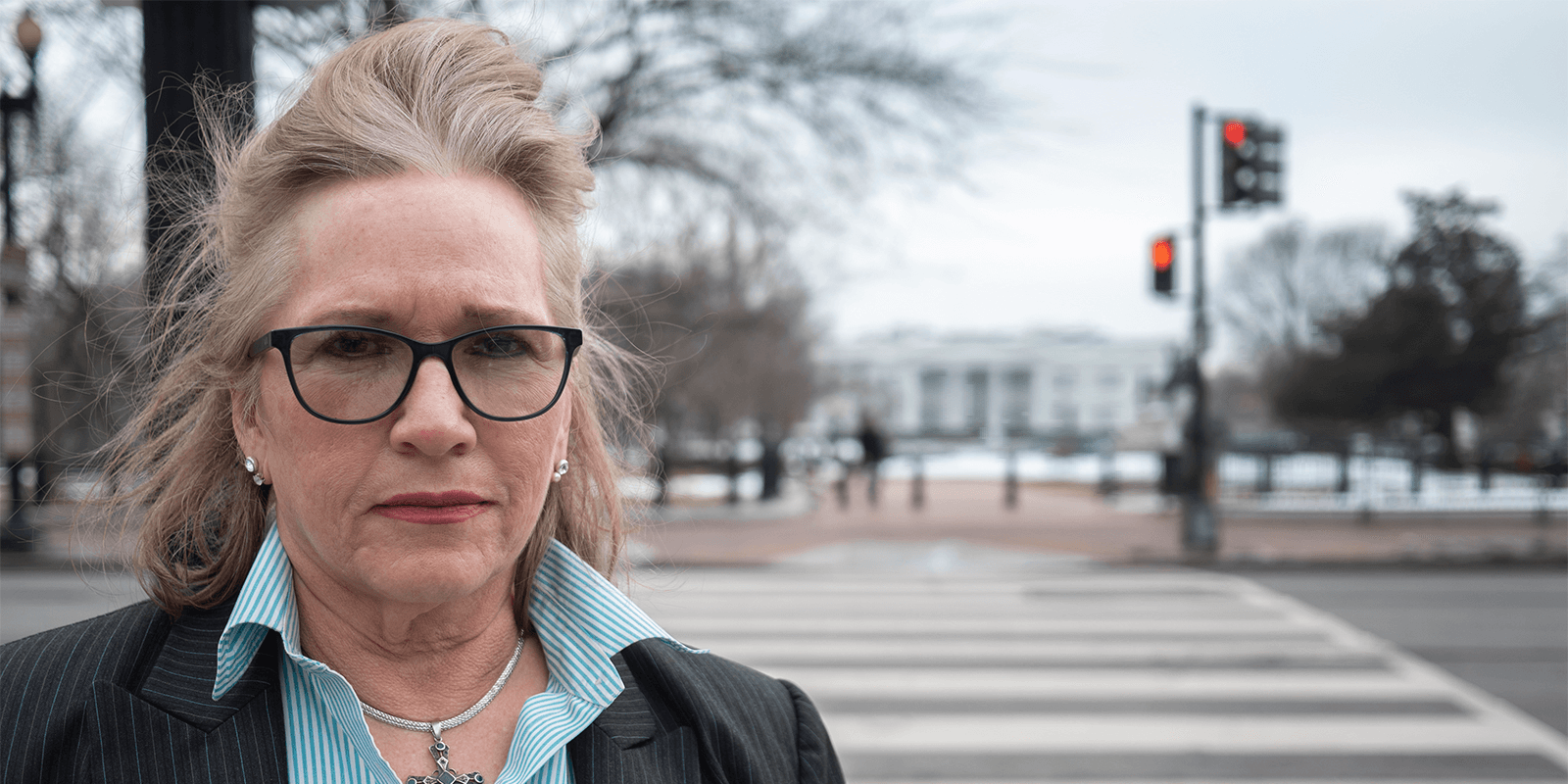Michele Kennedy Kouadio knows more about the soybean industry than most of us know about anything. She can rattle off statistics (U.S. farmers exported $26.4 billion worth of soybeans last year, 60 percent of which went to China), explain the complicated web of private and public organizations that help farmers promote their crops overseas, and tell you about every potential market in every nation around the world.
The 65-year-old senior agricultural marketing specialist at the U.S. Department of Agriculture (USDA) has the kind of in-depth knowledge that comes from 41 years of devoted public service. The AFSCME Local 3976 (Council 20) member began her public service with a Peace Corps stint in Ghana, and today her work helps U.S. crops get to the people who need them the most.
“We’re trusted and relied upon by many countries to help feed their populations,” Kouadio says of her agency’s work. “People rely on us.”
But for now, because of the federal government shutdown, Kouadio’s work, and the work of thousands of her fellow USDA employees across the country and around the world, is on hold.
Hundreds of thousands of federal workers are just days away from missing their second paycheck in a row. In the District of Columbia, many are lining up for food banks. Renowned D.C. Chef Jose Andres, who has led relief efforts in disaster zones like Puerto Rico following Hurricane Maria, is offering free meals to furloughed employees. The Humane Society in nearby Baltimore is offering pet food giveaways. A charity in Texas is offering free diapers to affected workers.
You can’t miss the irony in seeing people who have dedicated their lives to public service standing in line for food. The White House and its allies in Congress who shut down the government in a political stunt over a border wall are now forcing dedicated federal workers to make difficult choices for their families.
For Kouadio, who helps support some of her 11 grandchildren, the shutdown has meant prioritizing which bills get paid and which creditors she can put off. She’s taken a small no-interest loan to get through these first few weeks, but if the shutdown continues and she keeps going without pay, the lender will start charging interest.
But it’s tough to get Kouadio to say much about the shutdown’s effect on her own life. She’d much rather talk about how stopping the work of 100,000 dedicated USDA employees will hurt U.S. farmers and the people they feed all over the world.
Around this time of the year, she says, USDA puts out reports that give farmers “a signal of what they should be planting in the spring.” With the furlough delaying these reports, farmers won’t know how to meet domestic and international demand for crops like soybeans, corn and wheat. They’ll just have to guess what the world markets will need this year.
Many of the 800,000 affected federal workers are angry. Kouadio and thousands of others took part in a Jan. 10 rally and march to the White House to call for an end to the shutdown. Today, as the shutdown stretched into its second month, furloughed workers jammed the Hart Senate Office Building near the U.S. Capitol to demand immediate action from Congress to reopen the government.
Kouadio would rather work, not protest.
“We don’t want to have marches. We’d rather our boss hear what we’re saying,” she says. “Federal employees work for the president. We want to trust that our employer is going to take care of his employees."
#StopTheShutdown
Support public service workers. Call 1-866-803-8830 and tell your senators to end the shutdown.
